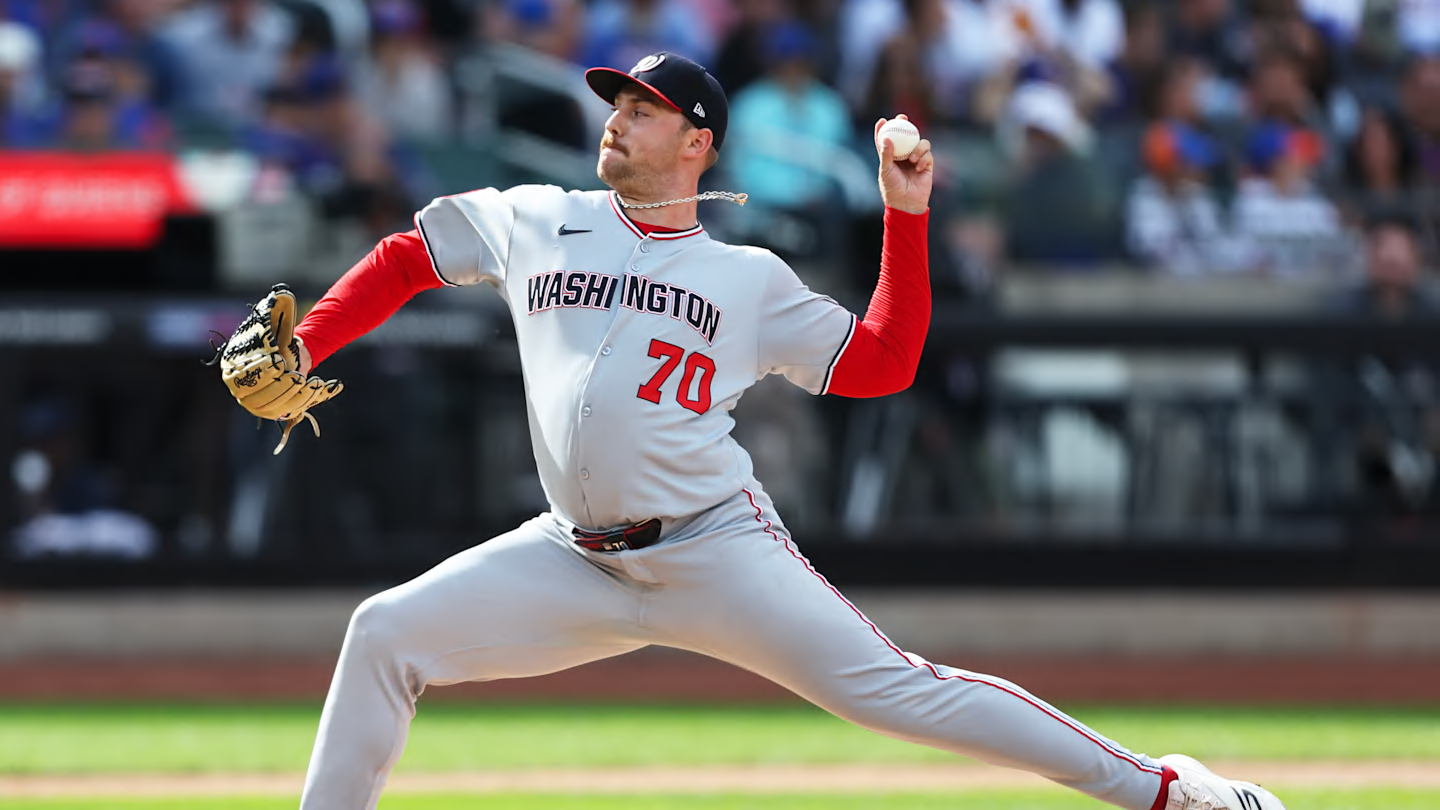
"Instead of a conventional strategy that relies on five starting pitchers to pitch about five innings to begin a game and a set of eight relievers to cover the remaining innings, the Nationals should designate a couple days each week where two starters will piggyback on top of each other. Instead of relying on one starter and then multiple relievers, the manager will pair two starting pitchers together to cover most of the game by pitching three to five innings each."
"The starting pitcher's role in baseball has dramatically changed in recent decades. From the 1950s to the 1970s, starters averaged 6.5 innings per start. Managers could rely on their pitchers to eat innings and did not need to rely on a deep bullpen to get them through games. Starters now only average about 5.1 innings per start. Over the course of a 162-game season, this 1.4 inning drop amounts to 226.8 more innings for the bullpen to cover."
Jake Irvin worked five and one-third innings and Mitchell Parker finished with three and two-thirds to secure a 3-2 win, illustrating a piggyback deployment. The proposed strategy designates days where two starters each pitch roughly three to five innings, replacing the conventional five-inning starter plus extensive reliever usage. Starters now average about 5.1 innings versus 6.5 in earlier decades, shifting roughly 226.8 extra innings per 162 games onto bullpens. Using two bulk pitchers per game would lower bullpen innings, reduce consecutive-day appearances for relievers, lessen fatigue and injury risk, and potentially boost overall pitching effectiveness.
Read at District on Deck
Unable to calculate read time
Collection
[
|
...
]